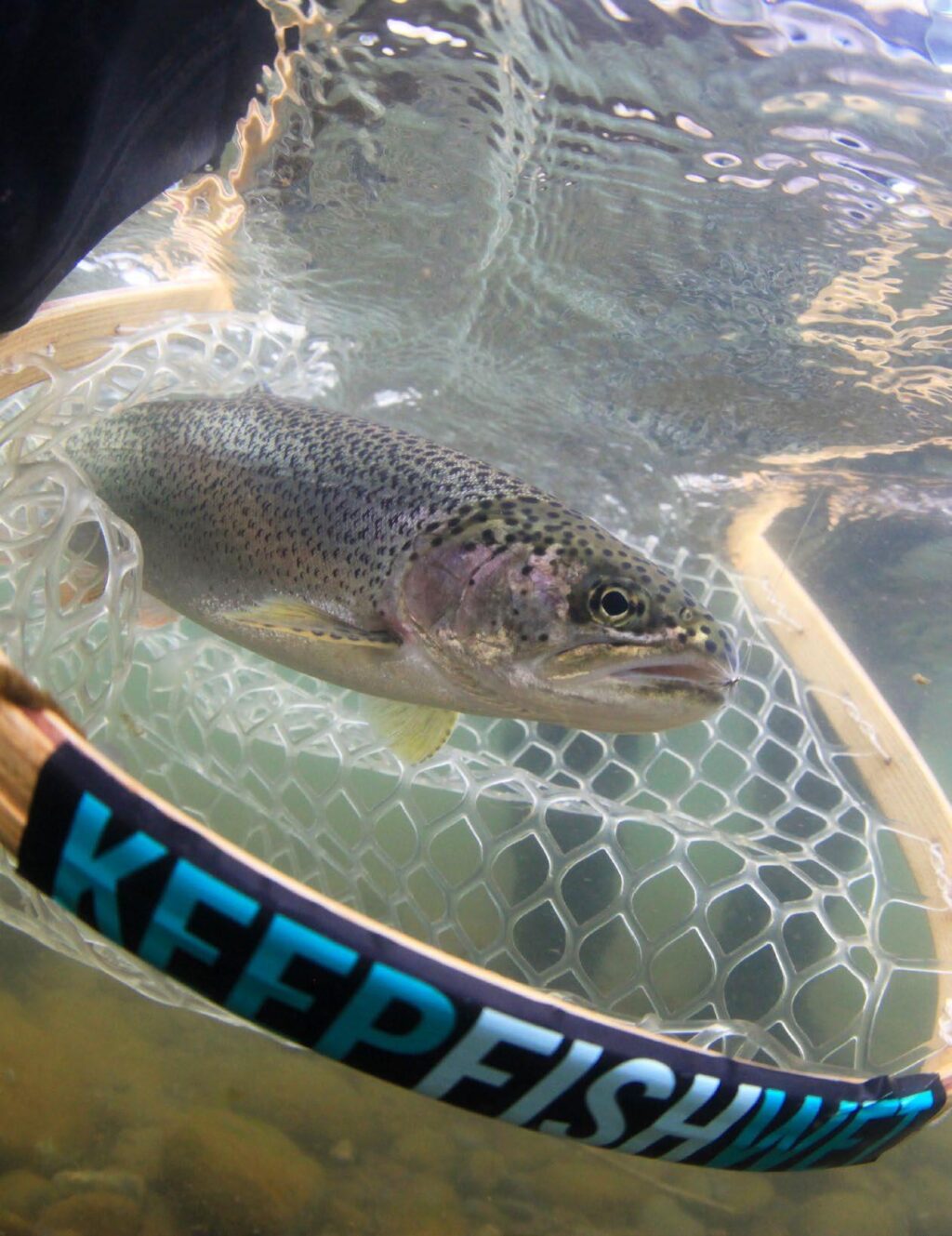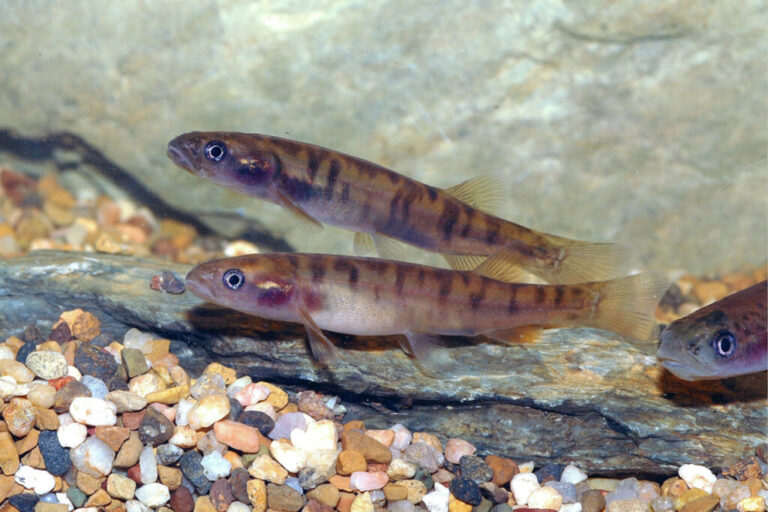As fly fishing continues to grow in popularity, with enthusiasts targeting almost any species imaginable, it’s important to remember the principles of proper fish handling with a few tips and reminders. In this recent article from Flyfisher magazine, Sascha Clark Danylchuk provides an excellent overview of the “catch” in catch and release.
“Ecologically, fish occupy almost every type of water body on earth, from high mountain streams to the deepest parts of the ocean, and are integral in structuring aquatic food webs and ecosystems. We have learned to fish in most of the accessible places where fish are found and today recreational angling is a billion-dollar industry, with hundreds of millions of fish caught in the U.S. each year. More than half of those fish are released, either voluntarily or due to regulations such as size limits. That means there are literally millions of opportunities for us to create healthier, more resilient recreational fisheries by using science-based best practices.”
Minimise air exposure
Fish need oxygen just like us, but they get it from the water, not from the air. Most of the science says that 10 seconds or less of air exposure is OK for most species. It also says air exposure is more detrimental to bigger fish and when in higher water temperatures. The takeaway: Keep a fish’s mouth and gills fully submerged in the water as much as possible.
Eliminate contact with dry and hard surfaces
Fish need their slime the same way we need our skin. Dry, rough, and hard surfaces remove the slime from fish and can also remove scales and damage fins, making them more susceptible to diseases.
Keeping fish in or over the water, and supporting them with clean, wet hands or a soft rubber net will help keep their slime layer and scales intact and the fish disease-free.
Reduce handling time
Handling is the time elapsed from landing to release, including all the ways the fish is restrained (i.e. in your hands or in a net). Multiple studies have shown that longer handling times lead to poorer outcomes after release. Each of these principles are simple and doable by any angler of any skill level in any fishing situation. Most importantly, each one is backed by science and will make a difference to the fish that you catch-and-release. See our Tips section of our website for more information on setting yourself up for successful Keep Fish Wet best practices.

Sascha is the Executive Director of Keep Fish Wet. As a worshipper of sandy toes and mountain air, Sascha has spent most of her life seeking water in one form or another. Her obsession has led her to a career centred around the natural world. As a fisheries scientist, Sascha has focused most of her work on recreational angling, specifically the science of catch-and-release.




